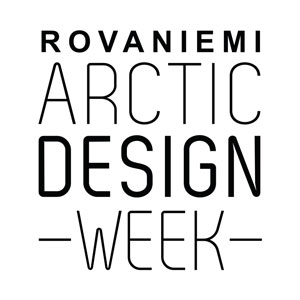Arctic Design
Responsibility is the foundation for Arctic design
Arctic design is functional design. It is the way of life in the Arctic and closely connected to nature. The way locals survive in such an extreme environment is due to the clever Arctic Designs. Other cities are aesthetically designed well and look visually beautiful – Rovaniemi is designed to function well, all year round despite the Arctic weather conditions.
Arctic design means practical and sustainable design. It is part of the northern lifestyle and very close to nature. In special conditions, clever Arctic design help locals cope and makes life easier.
Good examples of practical northern products are the kick-sled, berry-picking device, guksi mug and Sámi footwear.
Values lie at the core of design
The importance of design is how successfully it is able to respond to the true needs of users. Furthermore, it always reflects society’s values. In today’s world, social and environment-related responsibility are more important than they have been for a long time.
Sustainability is the prerequisite for good design
Nordic design has always focused on functionality and accessibility alongside aesthetics, and due to today’s demands for sustainable development, these features are focused on even more intensely. The sustainable lifecycle of products and services is at the heart of Arctic design.
People want to pay more attention to the use of raw materials and the impacts of product consumption on the environment in the long term. Functionality and sustainability are leading features for Arctic design.
Good design relies on researched data:
The research activities of the Faculty of Art and Design of the University of Lapland emphasise pluralistic and multicultural art and design in the northern regions. The faculty also develops a variety of creative art and design solutions to cater to the requirements of northern services.
